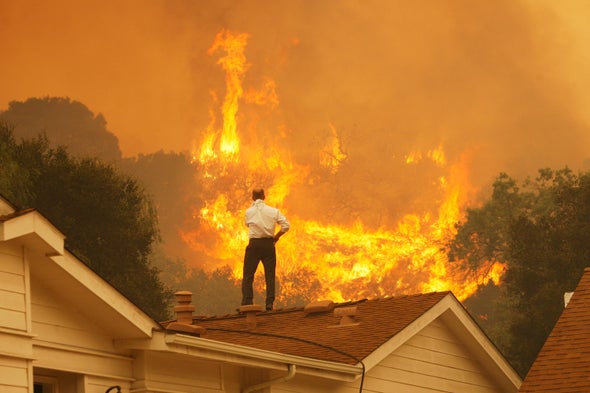I used to think that “air filters” or carbon capture methods from “fresh” air directly were a bunch of baloney or poppycock. Pick your adjective as you may. But lately I have been changing my mind.This is partly because of the scale ( 10 thousand) and partly because of their energy source. In this case geothermal is, for human purposes, endless. If those sources were located around the world and enough of these were built at those sites they could save the day. Then all we would have to figure out is how to get it back out of the oceans and large lakes. Still it’s a start.
https://www.wired.com/story/the-quest-to-trap-carbon-in-stone-and-beat-climate-change/?utm_source=pocket-newtab
IT was undoubtedly the most august gathering ever convened on the uninhabited lava plains of Hellisheidi, Iceland. Some 200 guests were seated in the modernist three-story visitors’ center of a geothermal power plant—the country’s prime minister and an ex-president, journalists from New York and Paris, financiers from London and Geneva, and researchers and policy wonks from around the world. Floor-to-ceiling windows looked out on miles of moss-carpeted rock, luminously green in the September morning sunlight. Transmission towers marched away to the horizon, carrying energy from the power plant to the capital, Reykjavik, half an hour’s drive away.
The occasion: the formal unveiling of the world’s biggest machine for sucking carbon out of the air. The geothermally powered contraption represented a rare hopeful development in our climatically imperiled world—a way to not just limit carbon emissions but shift them into reverse. Prime Minister Katrín Jakobsdóttir declared it “an important step in the race to net zero greenhouse gas emissions.” Former president Ólafur Ragnar Grímsson predicted that “future historians will write of the success of this project.” Julio Friedmann, a prominent carbon expert at Columbia University, hailed it as “the birth of a new species” of planet-saving technology.
Jan Wurzbacher and Christoph Gebald, cofounders of Climeworks, the company behind the carbon capture plant, strode up to the front of the room together. The fresh-faced Germans, both 38, were dressed in nearly identical white shirts and blue suits. They spoke in well-rehearsed, Teutonically accented English. “This year could turn into a turning point in how climate change is perceived,” said Wurzbacher (slightly taller, stubbly brown beard). “Thirty years down the road, this can be one of the largest industries on the planet,” enthused Gebald (slightly broader, curly brown hair).
:}
Go there and read. Alot. More next week.
:}




